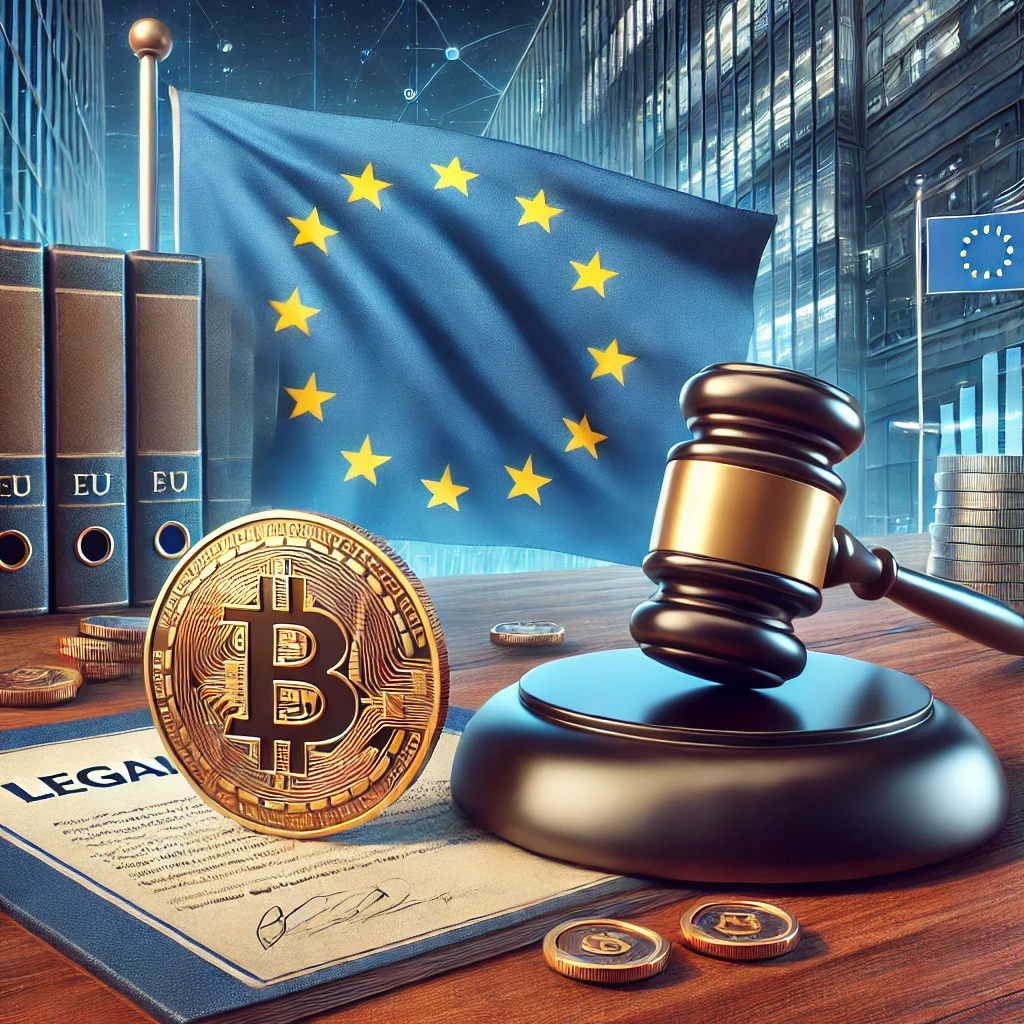The European Union (EU) has officially implemented comprehensive crypto-asset regulations, marking a significant shift in the global cryptocurrency landscape. These new rules aim to increase investor protection, prevent fraud, and establish clear guidelines for crypto businesses operating within the EU.
Key Aspects of the EU’s Crypto Regulations
The new regulatory framework, known as the Markets in Crypto-Assets (MiCA) Regulation, introduces strict guidelines for companies and investors in the digital asset space. Some of the major highlights include:
- 📜 Licensing for Crypto Companies – Exchanges, wallet providers, and crypto service providers must obtain an EU license to operate.
- 🔍 Stronger Anti-Money Laundering (AML) Measures – Enhanced tracking of crypto transactions to prevent illicit activities.
- 💰 Stablecoin Regulations – Issuers must hold reserves to back their tokens and meet transparency requirements.
- 📊 Market Abuse Prevention – New measures to prevent insider trading and price manipulation in crypto markets.
- 🏦 Institutional Oversight – European regulators will monitor large crypto transactions to ensure compliance with financial laws.
How Will These Regulations Impact Crypto Businesses?
The new rules are both a challenge and an opportunity for crypto firms operating in Europe:
- ✔️ Increased Legitimacy – Clear regulations could attract more institutional investors and traditional finance players.
- ✔️ Consumer Protection – Retail investors will benefit from better security, transparency, and fraud prevention.
- ❌ Higher Compliance Costs – Crypto startups and exchanges will need to invest in compliance teams and legal frameworks.
- ❌ Tighter Control Over DeFi & NFTs – Some aspects of decentralized finance (DeFi) and NFTs may face additional restrictions.
Reactions from the Crypto Industry
The EU’s crypto regulation framework has received mixed reactions from industry leaders:
- 🔹 Crypto exchanges like Binance and Coinbase have welcomed the clarity but raised concerns about higher operational costs.
- 🔹 DeFi advocates worry that excessive regulation could stifle innovation in decentralized finance.
- 🔹 Institutional investors see MiCA as a necessary step toward integrating crypto into mainstream finance.
What’s Next for Crypto Regulation in the EU?
The European Union is expected to expand its regulatory framework in the coming years. Areas of focus may include:
- 📅 Taxation on Crypto Gains – Standardized tax policies for all EU member states.
- ⚖️ Stronger NFT Oversight – Potential classification of NFTs as financial assets under MiCA.
- 🏦 Central Bank Digital Currencies (CBDCs) – Discussions on the Digital Euro’s role in the new financial system.
Final Thoughts
The EU’s comprehensive crypto regulations represent a major step toward mainstream crypto adoption. While some businesses may struggle with compliance, clearer rules could attract institutional capital and enhance trust in digital assets.
💡 Stay ahead of the latest cryptocurrency trends on BitcoinMarket.ai.
